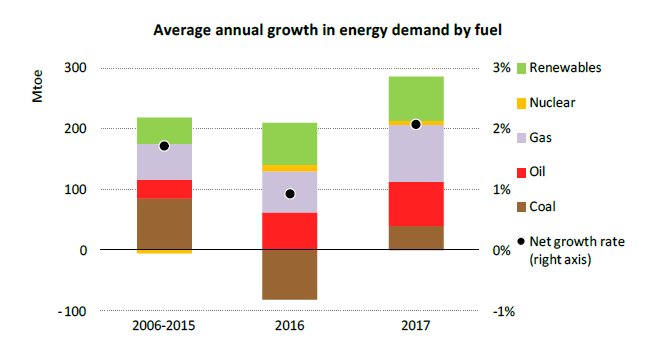
Research Director @CICERO_klima on past, current, & future trends in energy & emissions.
Projects: @V_ERIFY_H2020, @4C_H2020, @ParisReinforce, @CoCO2_project
How to get URL link on X (Twitter) App

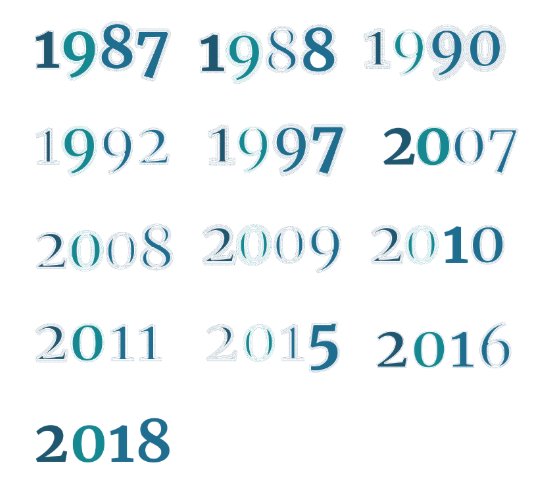
 1987: President of the Maldives: "We know, & yet we keep delaying action. The time for just talking is over."
1987: President of the Maldives: "We know, & yet we keep delaying action. The time for just talking is over."
 Flaring (red), heavy oil (blue), or both (yellow) are key factors increasing emissions. Flaring is 22% of average weighted carbon intensity, but much higher in some places (over 50%). Heavy oil can be very emission intensive, but not always. 2/5
Flaring (red), heavy oil (blue), or both (yellow) are key factors increasing emissions. Flaring is 22% of average weighted carbon intensity, but much higher in some places (over 50%). Heavy oil can be very emission intensive, but not always. 2/5 
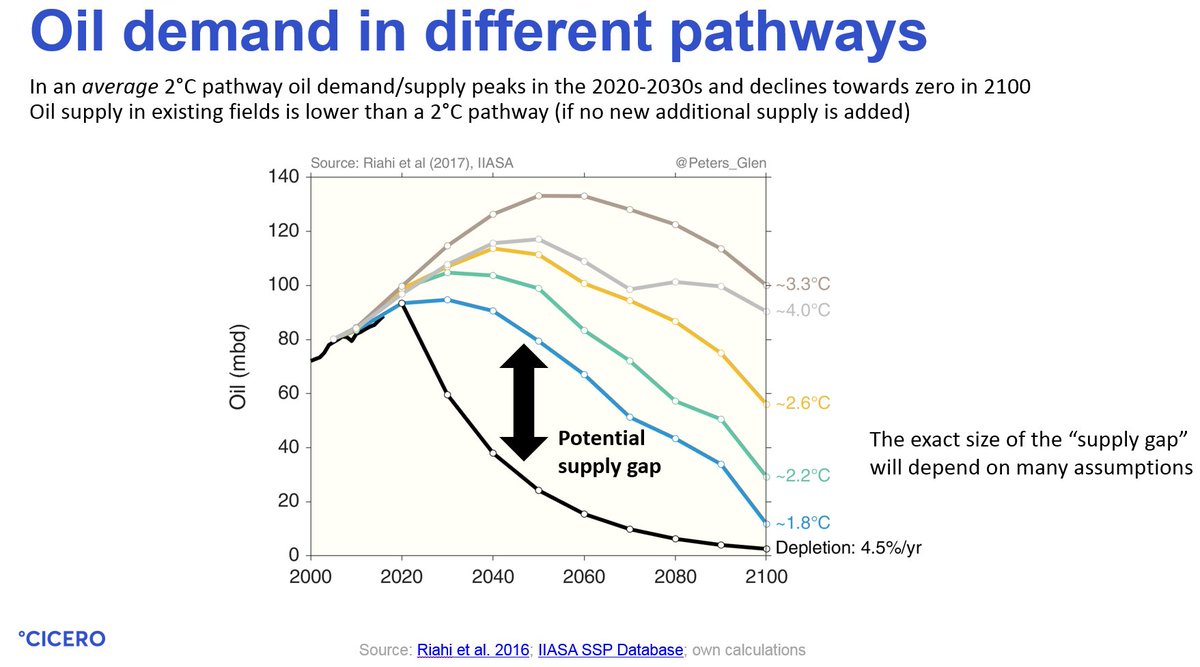
 It is important to remember, that every molecule of CO₂ that enters the atmosphere causes the temperature to increase. To stop temperature rising, either stop emitting CO₂ or, if you must, take out what you put in. 2/
It is important to remember, that every molecule of CO₂ that enters the atmosphere causes the temperature to increase. To stop temperature rising, either stop emitting CO₂ or, if you must, take out what you put in. 2/ 


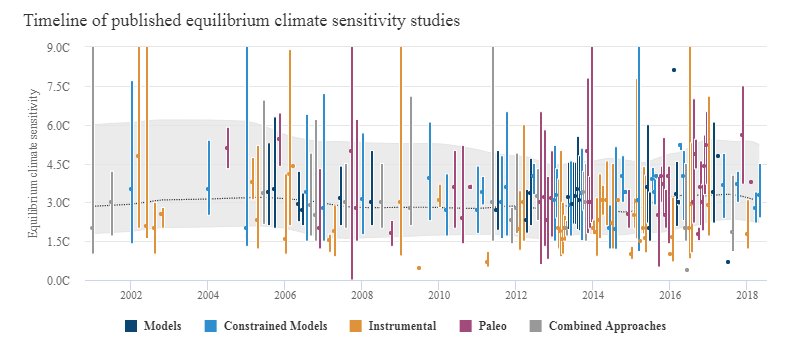
 The range has remained stubbornly wide (1.5°C-4.5°C), despite many individual studies claiming to narrow it (particularly recent instrumental-based methods). Though, @AndrewDessler could argue that in the 1970's the range was underestimated & today it is overestimated (maybe).
The range has remained stubbornly wide (1.5°C-4.5°C), despite many individual studies claiming to narrow it (particularly recent instrumental-based methods). Though, @AndrewDessler could argue that in the 1970's the range was underestimated & today it is overestimated (maybe). 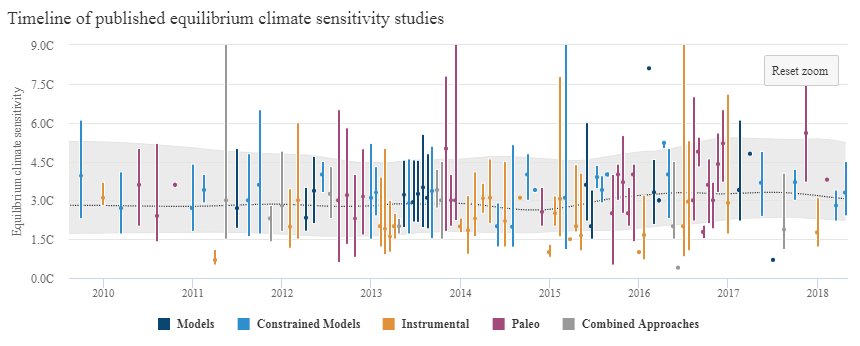
If CO₂ removal was used to just offset existing emissions (instead of reducing emissions), it is far cheaper to deploy energy efficiency, solar, batteries, CCS, etc, then recapture emissions directly from air (expensive). Even if social cost was $80/tCO₂, still take cheapest?
External Tweet loading...
If nothing shows, it may have been deleted
by @Noahpinion view original on Twitter

 Climate scenarios are generally separated into two categories:
Climate scenarios are generally separated into two categories:
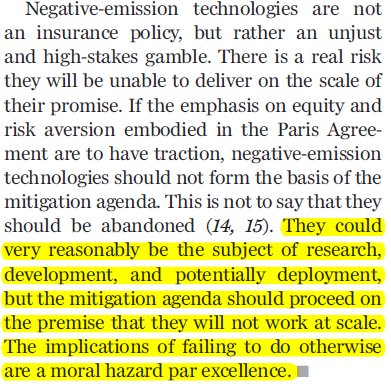
 The first part of this sentence means that @KevinClimate & I support the great work of @DKeithClimate & colleagues. The second part pissed many people off, particularly people working on these technologies. science.sciencemag.org/content/354/63…
The first part of this sentence means that @KevinClimate & I support the great work of @DKeithClimate & colleagues. The second part pissed many people off, particularly people working on these technologies. science.sciencemag.org/content/354/63… 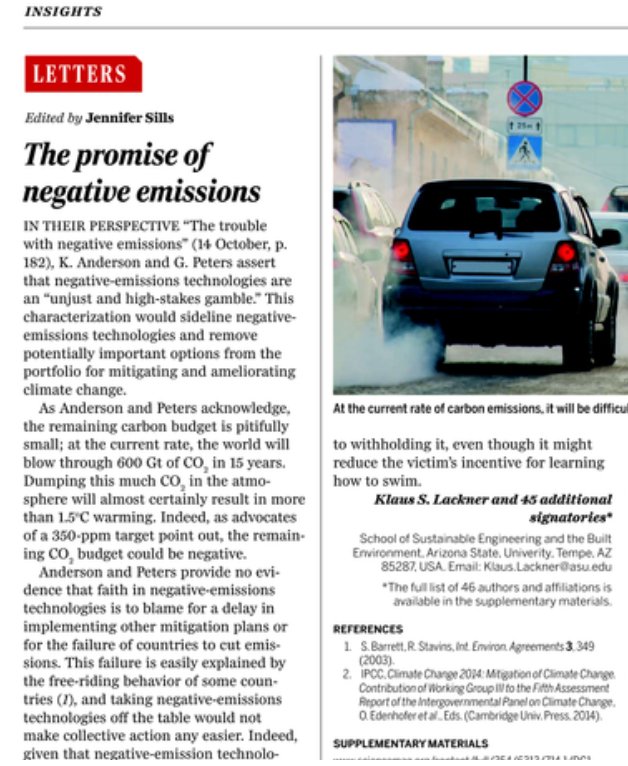
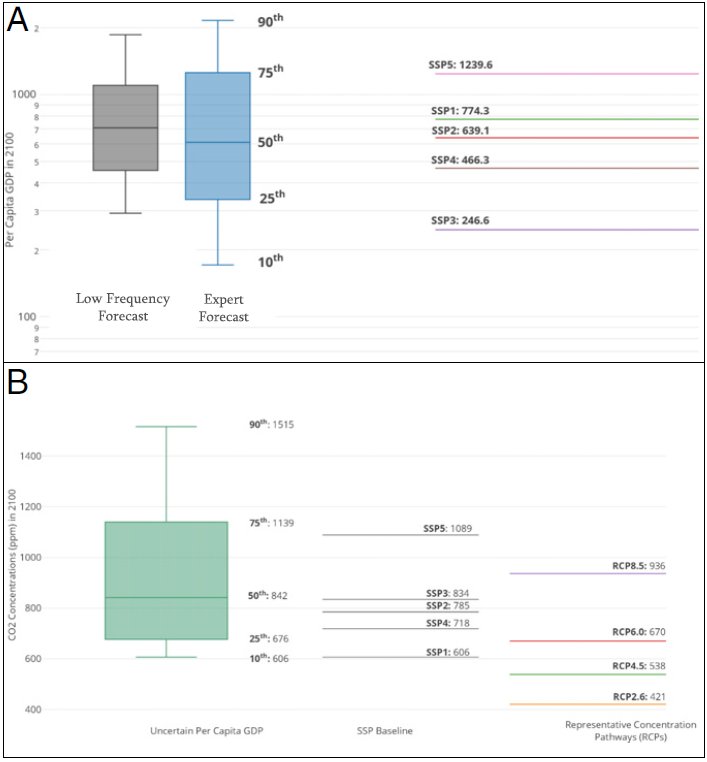
 Maybe economic growth will be higher than thought, but that does not translate into RCP8.5 (not sure there is a connection). "We’ve already locked in a certain amount of climate policy” newscientist.com/article/216884…
Maybe economic growth will be higher than thought, but that does not translate into RCP8.5 (not sure there is a connection). "We’ve already locked in a certain amount of climate policy” newscientist.com/article/216884…
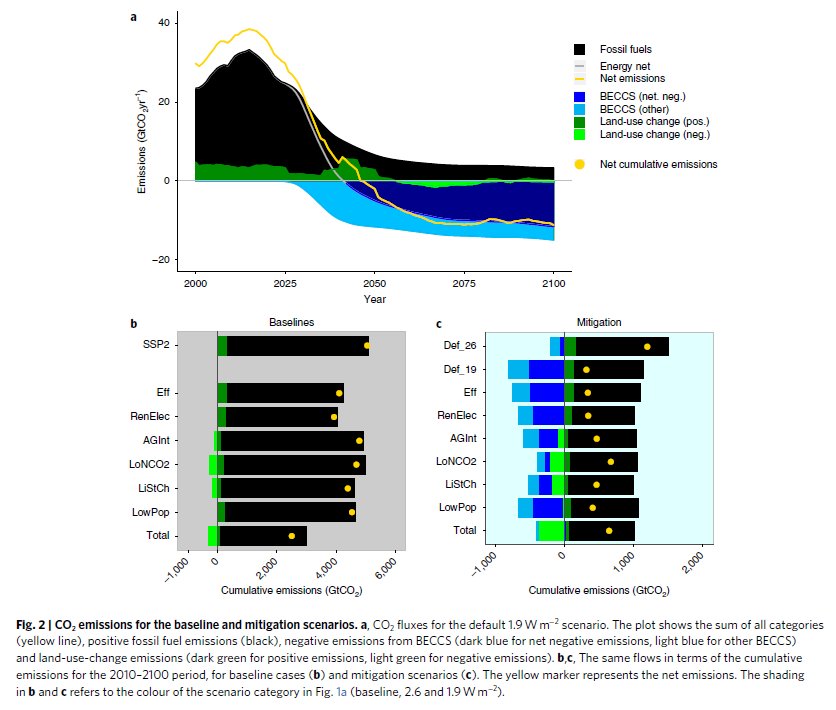
 The alternative pathways include lifestyle change, additional reduction of non-CO₂ GHGs, & more rapid electrification of energy demand based on renewable energy. Some of these alternative may not be easy to implement, but they are additional tools to add to the toolbox!
The alternative pathways include lifestyle change, additional reduction of non-CO₂ GHGs, & more rapid electrification of energy demand based on renewable energy. Some of these alternative may not be easy to implement, but they are additional tools to add to the toolbox! 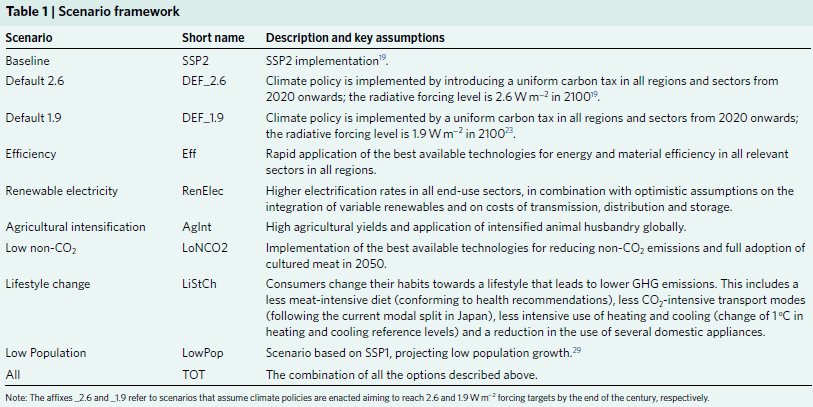
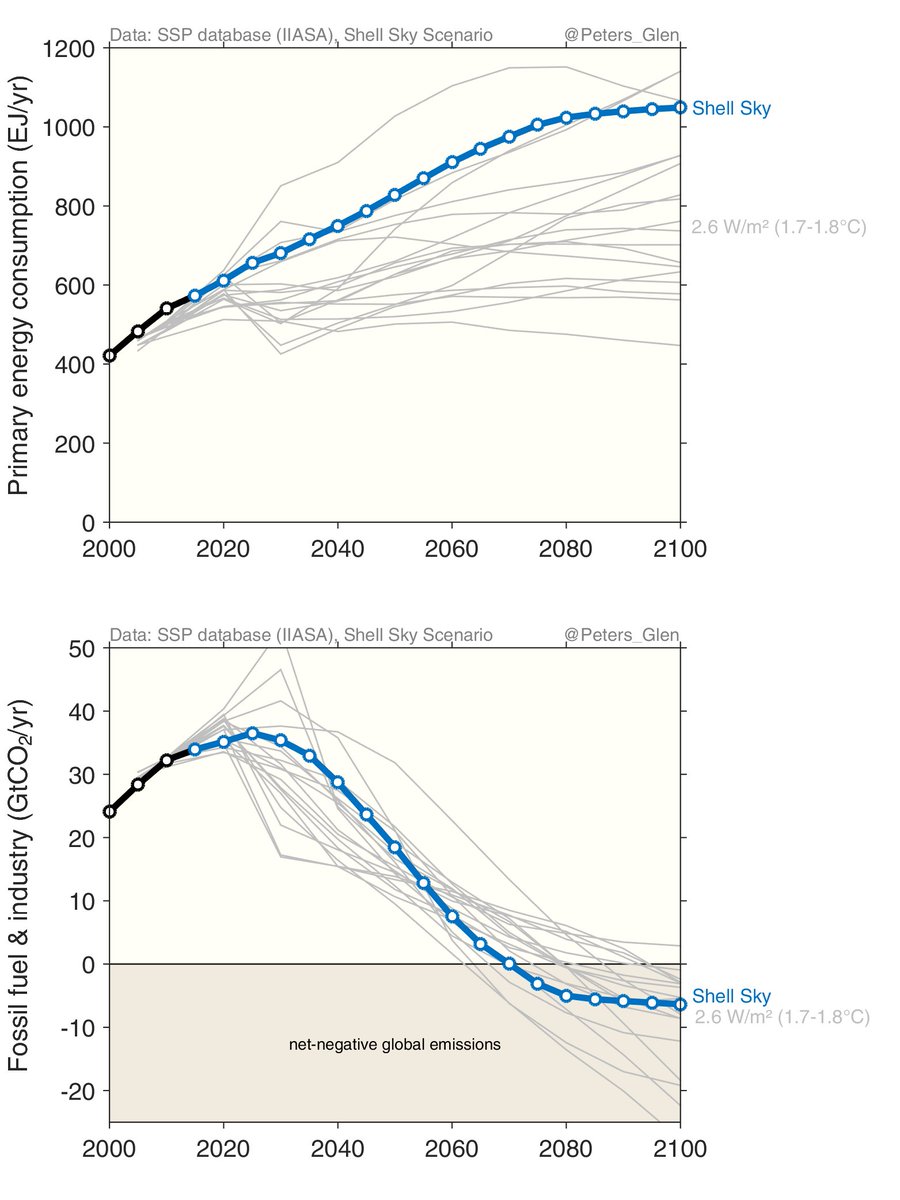
 Fossil fuels:
Fossil fuels: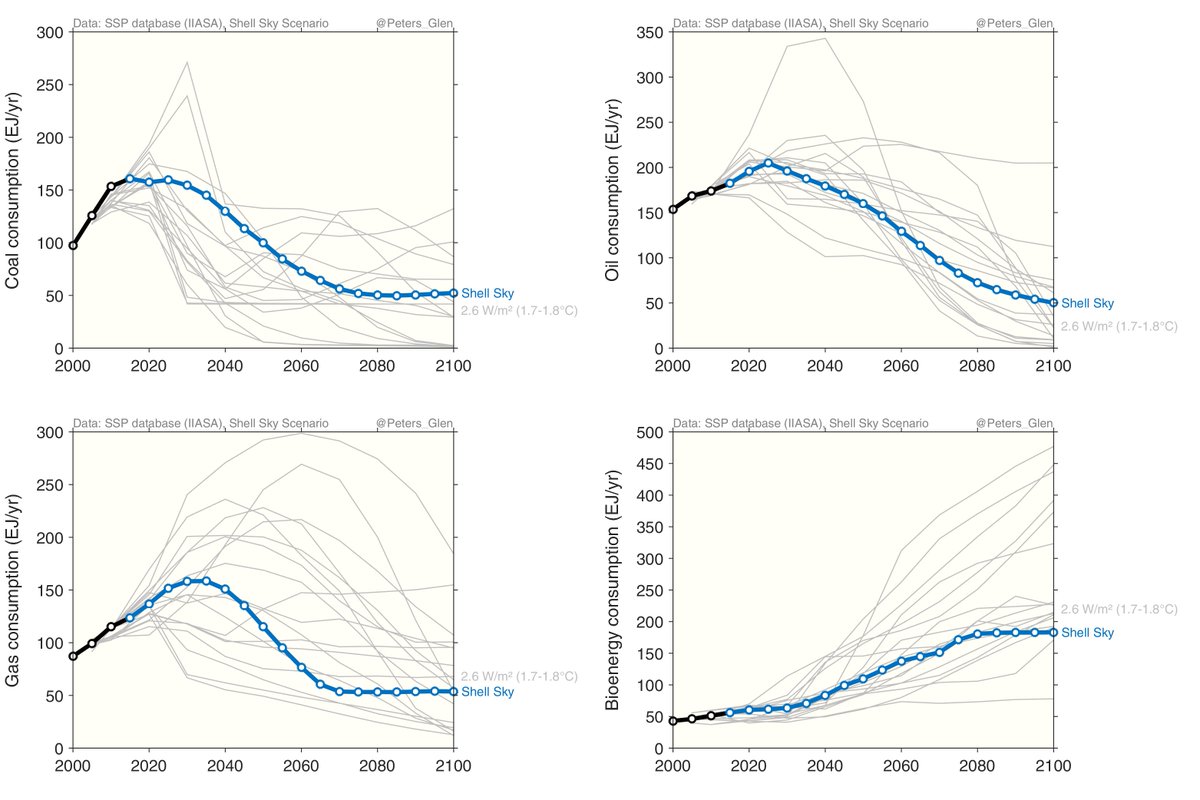
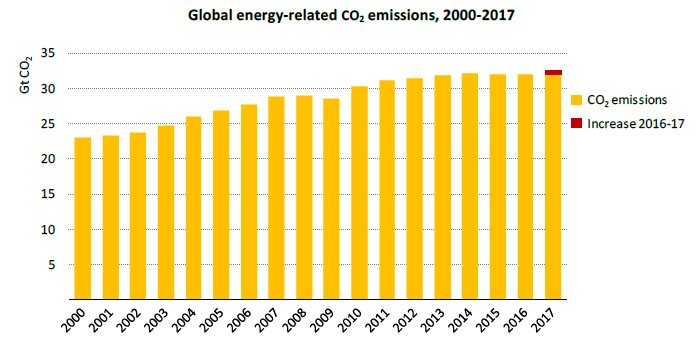
 Energy demand drives CO₂:
Energy demand drives CO₂: